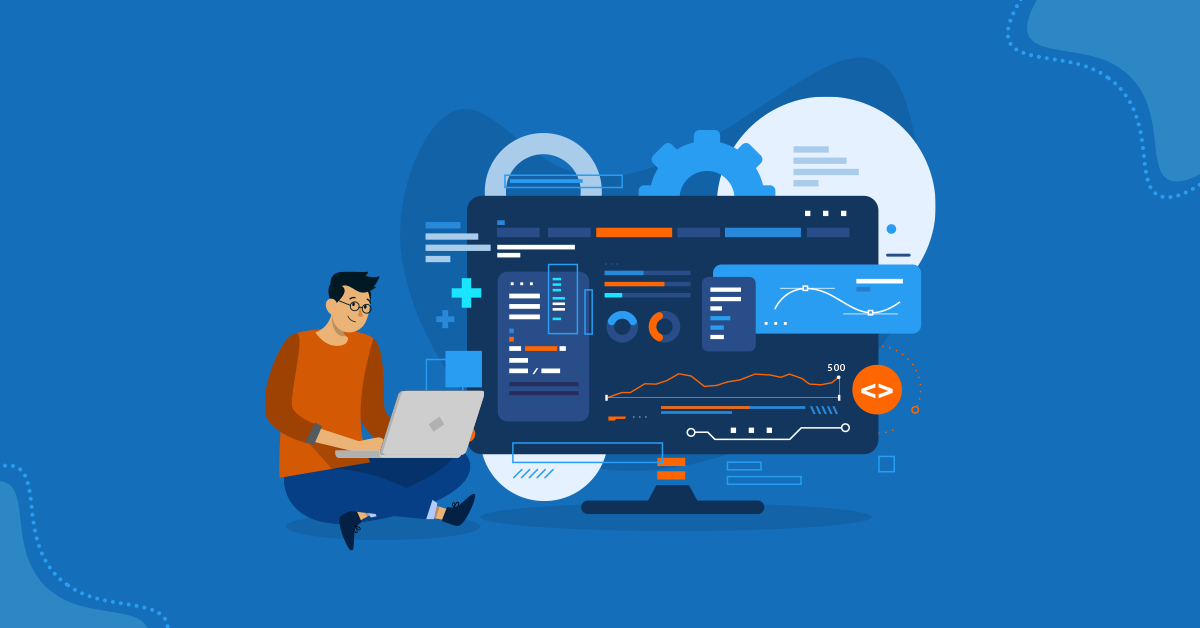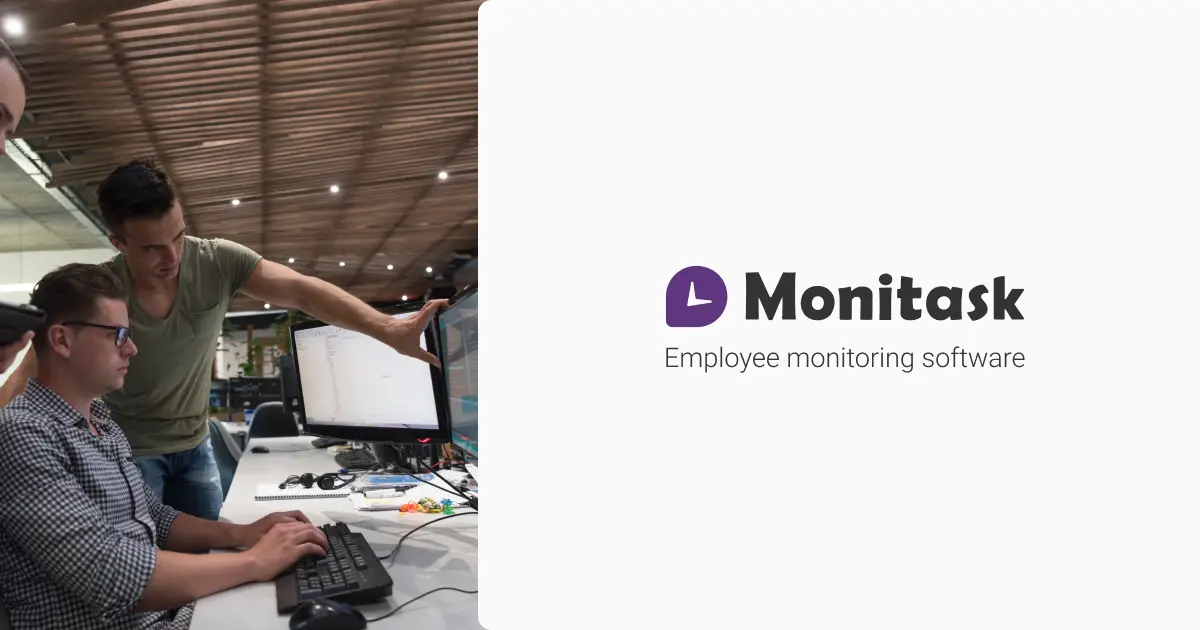Employee monitoring software is the kind of software utilized by organizations to track and monitor the actions of their employees when they are at work. It permits employers to collect information on different aspects of the behavior of employees like internet use and application usage, keystrokes, and even screenshots. Monitoring software for employees serves an primary objective to improve productivity of employees, as well as ensure that policies of the company are adhered to and protect confidential information and address any security concerns. When selecting an employee monitoring software, there are several things to think about. Here are some important things to consider the following: Features - Determine which features your company requires. These include monitoring email and activity monitoring blocking websites and keystroke recordings monitoring application usage and monitoring email. Choose features that are compatible with your monitoring goals.
Privacy and Compliance- Make sure that the software follows legal and ethical guidelines for employee surveillance. It is important to be aware of all applicable laws in your region. For example data protection laws, as well as privacy laws. Consider software that offers clear and customizable choices to ensure employee privacy.
User-Friendliness. Take into consideration the user-friendliness and the accessibility of the software. Simple installation and a simple interface will simplify the implementation and will save you time. Look for customizable dashboards, intuitive reporting tools and other features that let you easily to browse and analyze data.
Integrity and compatibility - Check whether the software integrates seamlessly with your current infrastructure and the systems you are using. These include operating systems and email clients. It allows for seamless monitoring of your systems without disrupting normal processes.
Data Security- Examine the software security measures to ensure the safety of the collected data. It is vital to employ encryption, secure data storage and access control. Make sure that the company selling the software has a strong security track record and has robust security practices for data.
Scalability- You must consider the software's scalability to accommodate the growing needs of your company. Choose software that will easily scale up to meet the requirements of your business when you plan on expanding your workforce or opening new locations.
Reporting and Analytics: Check out the software’s analytics and reporting features. Find features that offer extensive insights into employee productivity, the allocation of time, and other trends. Customizable analytics and reports help you identify improvement areas and help you make better decisions.
Customer Support - Determine the quality of customer service provided by the vendor. Examine their responsiveness, availability and the quality of technical support. Customer support that is prompt and responsive will give you help when issues occur.
Cost - Be aware of the pricing model like an annual fee or subscription, or depending on usage. Learn about the pricing model that includes any additional charges for support upgrades and other features. Make sure you are budgeting in line with the value and features provided.
Transparency and Communication among employees - Establish clear communication and transparency with your employees about the implementation and usage of software for monitoring. Communicate clearly the reason the work scope, and expectations in relation to the monitoring. Answer any questions they may have, and ensure that they know the ways in which privacy will be protected.
Think about these points to make an a well-informed decision. Choose the employee monitoring software that can meet your business' requirements while still respecting employee privacy. View the top rated time tracking monitoring software for blog info.

What Are The Features Available In The Employee Monitoring Software And How Do They Differ?
Software that monitors employee behavior offers various features that can be utilized to monitor and analyze employee behaviour. Certain features are shared by all employee monitoring software. It provides an in-depth analysis of how employees spend their time.
Keystroke Recording Keystroke recorders capture every keystroke pressed by a worker. It helps to spot productivity issues, identify unauthorised activity, and collect evidence, if needed.
Screenshots or Screen Recording - Some software takes regular screenshots from computer screens, while other software records their screens live. This feature can be useful in monitoring employee productivity, verifying compliance or troubleshooting problems.
Internet Usage Tracking- This feature tracks employees' internet activities, including the websites they visit, searches and downloads. It is able to identify excessive browsing that is not related to work, possible security risks, or infractions.
Application Usage Tracking - This feature monitors which apps employees use during working hours. It offers insight into the applications employees use most frequently and assists in identifying any unapproved or excessive use.
Email Monitoring - Email monitoring gives employers the capability to check employee email messages, including those messages received and sent, attachments and email content. It ensures compliance with corporate policies, prevents data leaks, investigates any suspicious activity and helps ensure the compliance of employees.
Document and File Tracking This feature tracks changes to files and their access. It secures sensitive information, monitors document collaboration and ensures that the document is in compliance with data security policy.
Remote Monitoring: Employers can to monitor employees remotely or even if they are in different places. Employers have the ability to monitor employee activity and ensure productivity, regardless their location.
Productivity Analysis – Employee monitoring software has the ability to analyze productivity. These features reveal patterns in employee of work, their time allotment and productivity levels. These analyses allow for the analysis of areas that can be improved and assist in optimizing workflow.
Reporting & Analytics- Robust tools for reporting and analytics produce detailed reports based on the data that is collected. These reports provide valuable information regarding employee performance as well as the distribution of resources.
Compliance and Policy Management - Software solutions can be set up to conform with company policies, regulations and various industry standards. Employers can define and enforce policies related to acceptable use of computers as well as internet access and data security.
Alerts and Notifications Alerts alert managers as well as employers about certain situations. They may alert you to excessive internet usage and attempts to gain access to restricted websites, or unusual behavior.
The functionality and availability of the features will vary between various options for employee surveillance software. When selecting a software make sure you select features that are compatible with your monitoring requirements and are compliant to local ethics and legal standards. View the top employee monitoring company for blog tips.

What Software Does The Employee Tracker Conform To The Compliance And Privacy Law?
The software's ability to adhere to the privacy and compliance laws is vital. The exact legal requirements differ from jurisdiction to jurisdiction, but here are some common ways the software used by employees adheres to privacy and compliance laws Consent and Notification - Many jurisdictions mandate the informed consent of employees as well as prior notice of any monitoring activities. Employee monitoring software includes features that allow employers to communicate the policies of their monitoring clearly to their employees. This might include sending written notices, obtaining consent via consent forms, or implementing an employee handbook that details how to monitor practices.
Transparent Monitoring Polices- Employee monitoring tools promote transparency. They help employees know what kinds of information is being gathered and why, as being aware of the extent of monitoring. Clear and comprehensive policies aid employees in understanding the limits of monitoring and their privacy rights.
Data minimization - To be able to comply with privacy laws and employ monitoring software, data reduction is commonly utilized. Data minimization implies that only vital information is collected, stored and discarded. This software helps to reduce the risk of privacy breaches by only collecting the data needed to monitor.
Anonymization and Aggregation Various employee monitoring software anonymizes / aggregates data for further protection of privacy of employees. Anonymization eliminates personal identifiable information (PII) and makes it impossible to associate data with an individual. Aggregation is the process of combining data from multiple employees to gain insight at a global scale.
Secure Data Storage and encryption Software to monitor employees puts a premium in the protection of data collected. Secure encryption and storage of data are employed to guard information from unauthorized access or accidental disclosure. This includes securing data both in transit and while at rest.
Access Controls and Restricted Rights - To ensure compliance employee monitoring software typically offers access controls and rights that are granular. Employers can restrict access to the monitoring data only to those who require it legitimately, like HR employees or administrators.
Rights and Remedies for Employees Rights and Remedies: The protection of the rights of employees is crucial to complying with privacy and compliance laws. Monitoring software for employees often has features that enable employees to view their own monitoring information, make corrections, or make complaints. This lets employees act and assert their rights if they feel that privacy has been infringed.
Compliance with Data Protection Regulations - Employee monitoring software was developed to comply with regulations governing data protection, like the General Data Protection Regulation in the European Union (GDPR) or the California Consumer Privacy Act in the United States (CCPA). Compliance is achieved by implementing appropriate measures to safeguard personal data, while respecting data subjects rights, and ensuring the lawful use of data.
Although employee monitoring software can support compliance efforts in some situations, it's essential that companies consult with legal professionals to stay up-to-date on the relevant laws and regulations within their respective jurisdictions. A comprehensive strategy for complying with privacy and compliance legislation is necessary, and it is more than just software. It requires clearly defined policies, along with employee education and ongoing monitoring. Take a look at the best time tracking monitoring service company for site examples.
